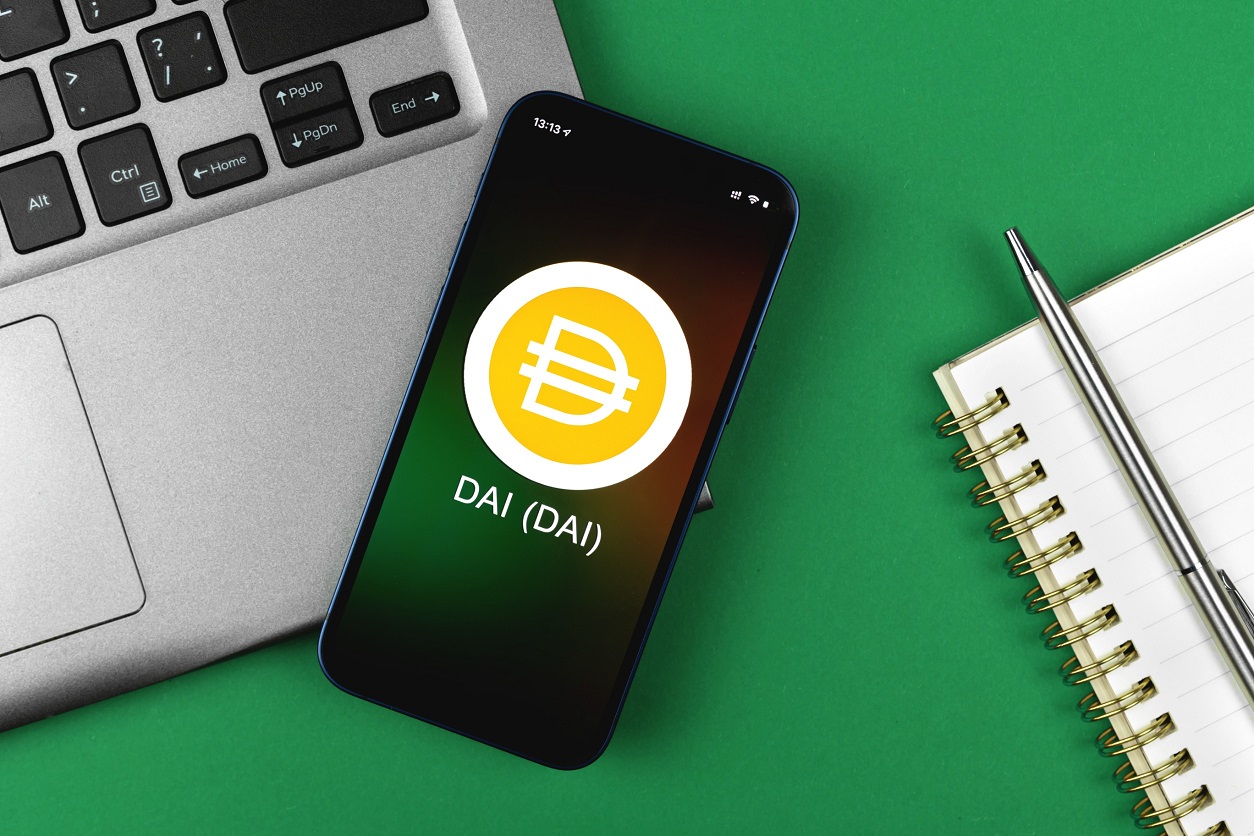
PODCAST: What does DAI’s future hold post-BUSD? MakerDAO joins the CoinJournal podcast

Key Takeaways
- Sam MacPherson of MakerDAO, the creators of the decentralised stablecoin DAI, joins the podcast
- Sam and host Dan Ashmore discuss the future of the DAI stablecoin following the relations that BUSD will shut down amid the SEC clampdown in the US
- The duo chat collateral, capital efficiency, centralisation, Tether, USDC, criticisms of DAI, the future of the stablecoin and more
The world of stablecoins has been thrown into a tumble dryer the past week or two.
Last week brough the bombshell announcement that BUSD will be griding to a halt following a clampdown by the SEC on its New York-based issuer, Paxos (deep dive on the full story and what it means here).
This has sparked renewed concern around centralised stables and it feels like a perfect time to check in with the decentralised stablecoin leader, DAI. So I chatted with Sam MacPherson who works in protocol engineering at MakerDAO, the creators of the DAI stablecoin.
Sam and I chatted about the recent storm engulfing BUSD, as well as potential implications for other US coins, such as USDC, going forward. We discussed the implications for the decentralised world, and whether this affects the great centralied vs decentralised debate.
We also talked Tether, which has risen above a 50% market share for the first time since November 2021. What are the implications of this? Of course, it is hard to chat about Tether and not touch on the tenuous reserve situation either, perhaps the most over-covered (yet also among the most important) topics in crypto history.
DAI has been criticised for the necessity to overcollaterise, a trade-off that is required to be made given the extreme volatility that crypto offers, which is what DAI is collaterised by. I asked Sam about this criticism and whether it could ever change going forward.
We also chatted about decentralisation itself. DAI’s underlying collateral is comprised of centralised assets, including USDC. This may seem funny for a “decentralised” asset, but sometimes real-world practicalities need to prevail. We chat about what this all means and whether it will always be this way.
Then there is the case of yield, which is possible given the amount of DAI’s collateral parked in T-bills, which are suddenly quite lucrative amid this high interest-rate environment. Sam discusses the potential for this yield to filter through to DAI holders.
Speaking of DAI holders, they were also discussed at length. I wanted to know why somebody would choose $100 of DAI over, say, $100 of a centralised stablecoin, when the former may require $150 of collateral to be posted.
All in all, it was an incredibly topical conversation given the chaos in the stablecoin market right now. BUSD appears bound to disappear, while who knows what happens USDC? DAI is currently fourth in market cap, and the runaway decentralised leader. If you care about stablecoins, you may find this episode interesting.

